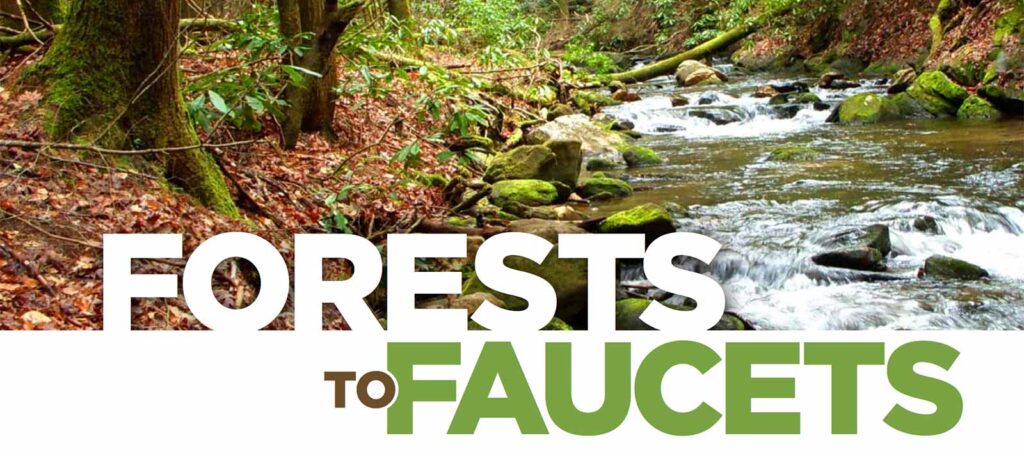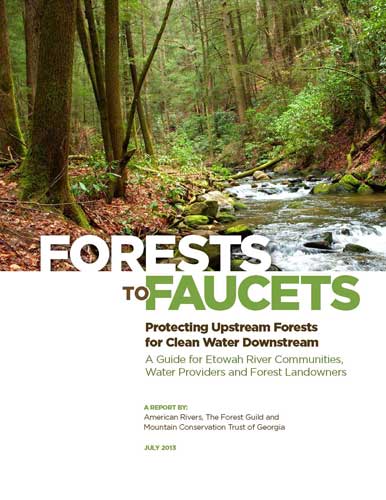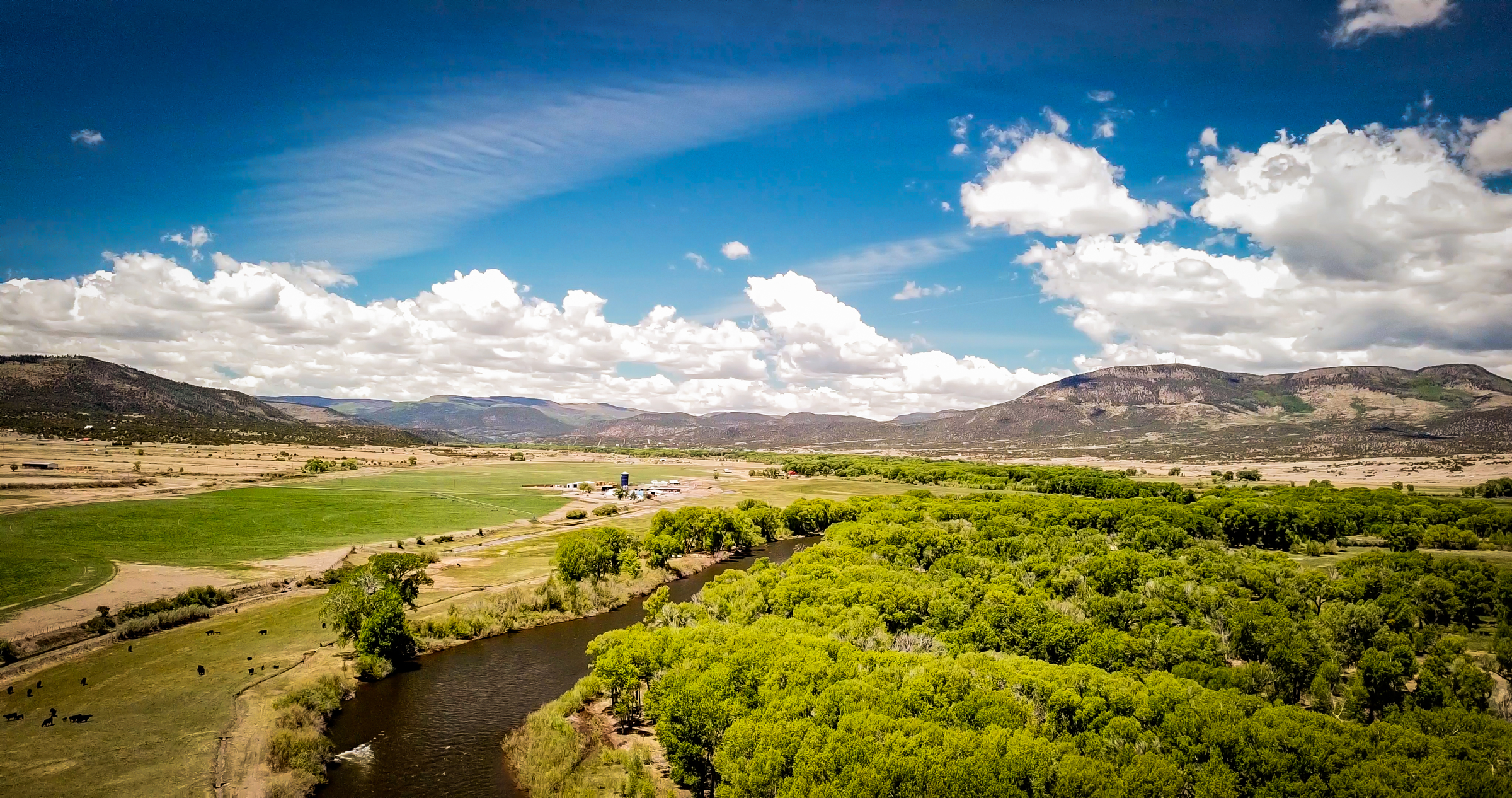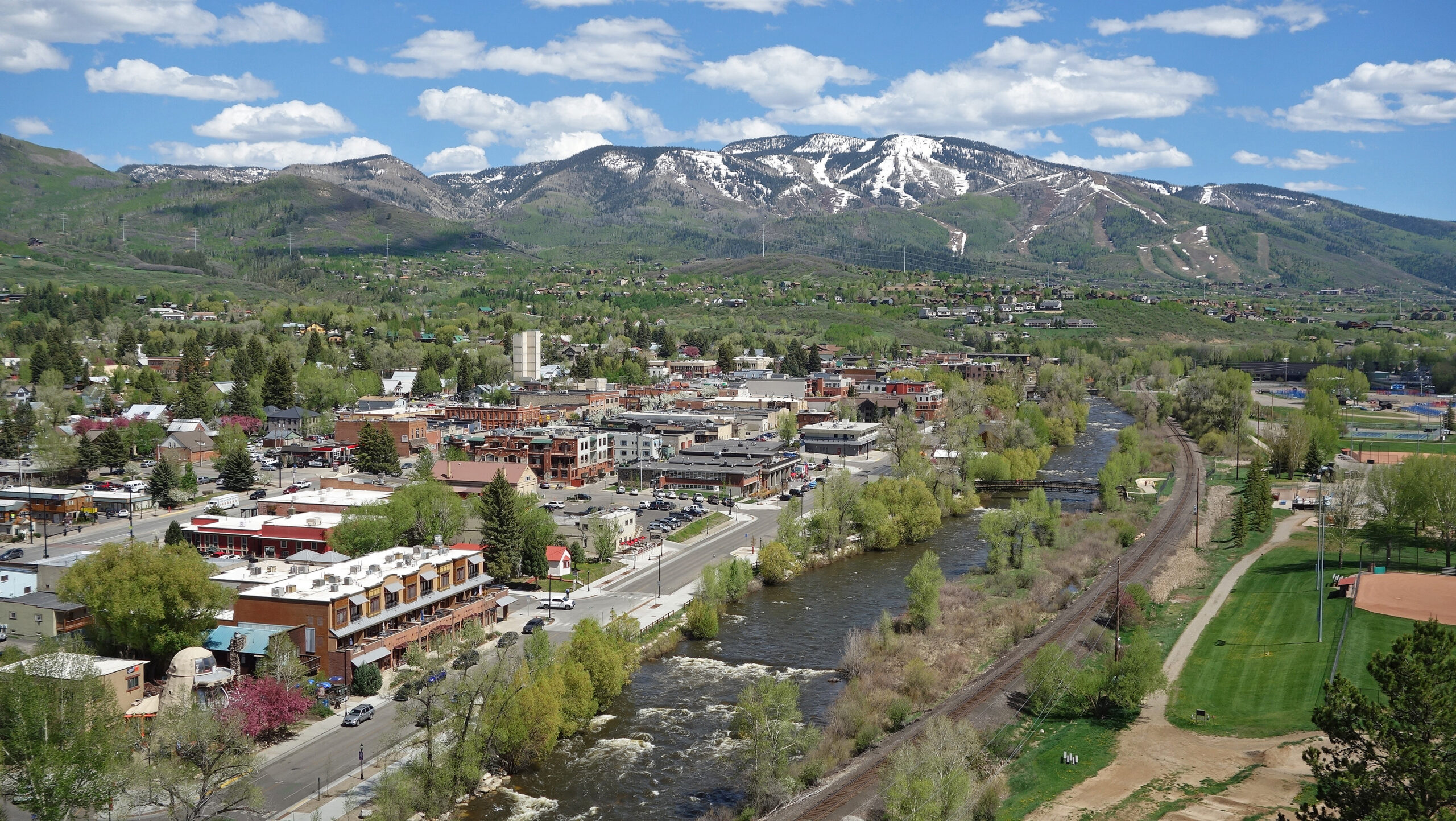Forests to Faucets


Forests and forested watersheds in the Southern Appalachian Mountains in the Southeastern U.S. are at serious risk due to development pressure from regional population growth, and as a result of land management practices. Compared to other regions around the country, the Southeast has some of the most vulnerable forests in the U.S. in terms of potential loss to development over the next two decades. At the same time, abundant forested watersheds in this region help provide clean, dependable water supplies to millions of residents in downstream towns and cities by filtering nutrients and sediments, moderating water temperatures, and reducing flood risks. In the process, these forests significantly reduce the need for costly municipal water supply, control and treatment facilities and infrastructure.
Forests and forested watersheds in the region need to be protected and better managed to maintain the invaluable services natural infrastructure provides to local and downstream populations. Because the majority of forested lands in these watersheds are privately owned, upstream forest landowners can benefit from financial incentives and support to maintain forest cover on their property. Downstream water users — municipal governments, water providers, industrial, commercial and private facilities, and residential consumers — can invest in upstream forestland protection and management as a cost-effective alternative to construction of expensive, engineered water supply and treatment systems.
The Etowah River in north Georgia is a characteristic example of a Southern Appalachian forested watershed providing clean and abundant water to downstream users. It also illustrates the vulnerability of these watersheds to development and land use change. American Rivers, The Forest Guild and the Mountain Conservation Trust of Georgia have together established the “Etowah Forest Collaborative” to promote the concept of downstream benefits of upstream forestland conservation and management by educating forest landowners, forest managers, and water users about how they can work together to protect water quality and supply in this beautiful and important forested “source” watershed.
Although best management practices for private and public forestlands in Georgia have been available since 1981 and are widely used, more comprehensive and systematic application of some of these practices on forests in the Etowah watershed would contribute to improved water quality in creeks and streams. One of the keys to minimizing the likelihood that private forestlands in source watersheds will be sold for development is to provide financial alternatives to landowners to keep their property forested.
Several federal and state agencies offer a number of technical assistance, cost-share and financial incentive programs to landowners for managing, protecting, and restoring forests on private property in Georgia. Nonprofit local and national land trusts and conservancies will work with landowners interested in protecting their forestland property with a conservation easement. Such easements are voluntary, with the terms crafted to reflect the short and long-term management objectives of the landowner while also preserving the conservation values of the property.
Finally, emerging “ecosystem services” markets, particularly “payments for watershed services” approaches, may provide additional tools to promote upstream forest conservation and management as a mechanism to ensure abundant clean water for downstream communities.



